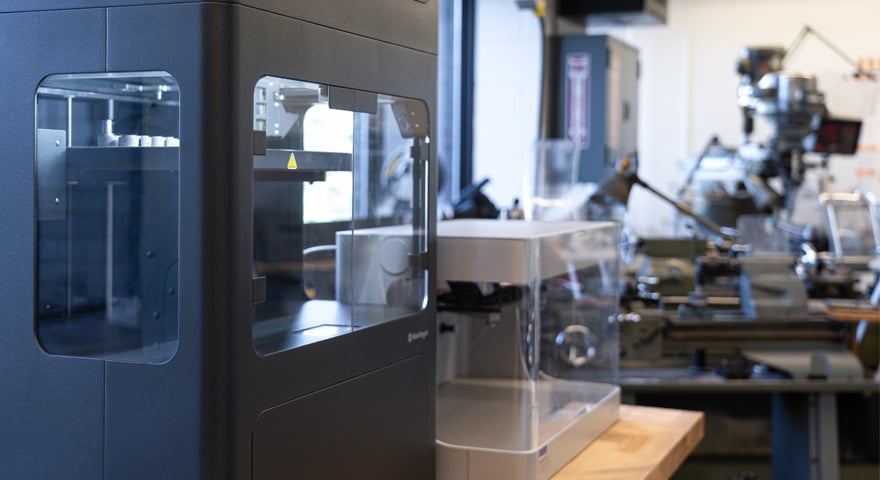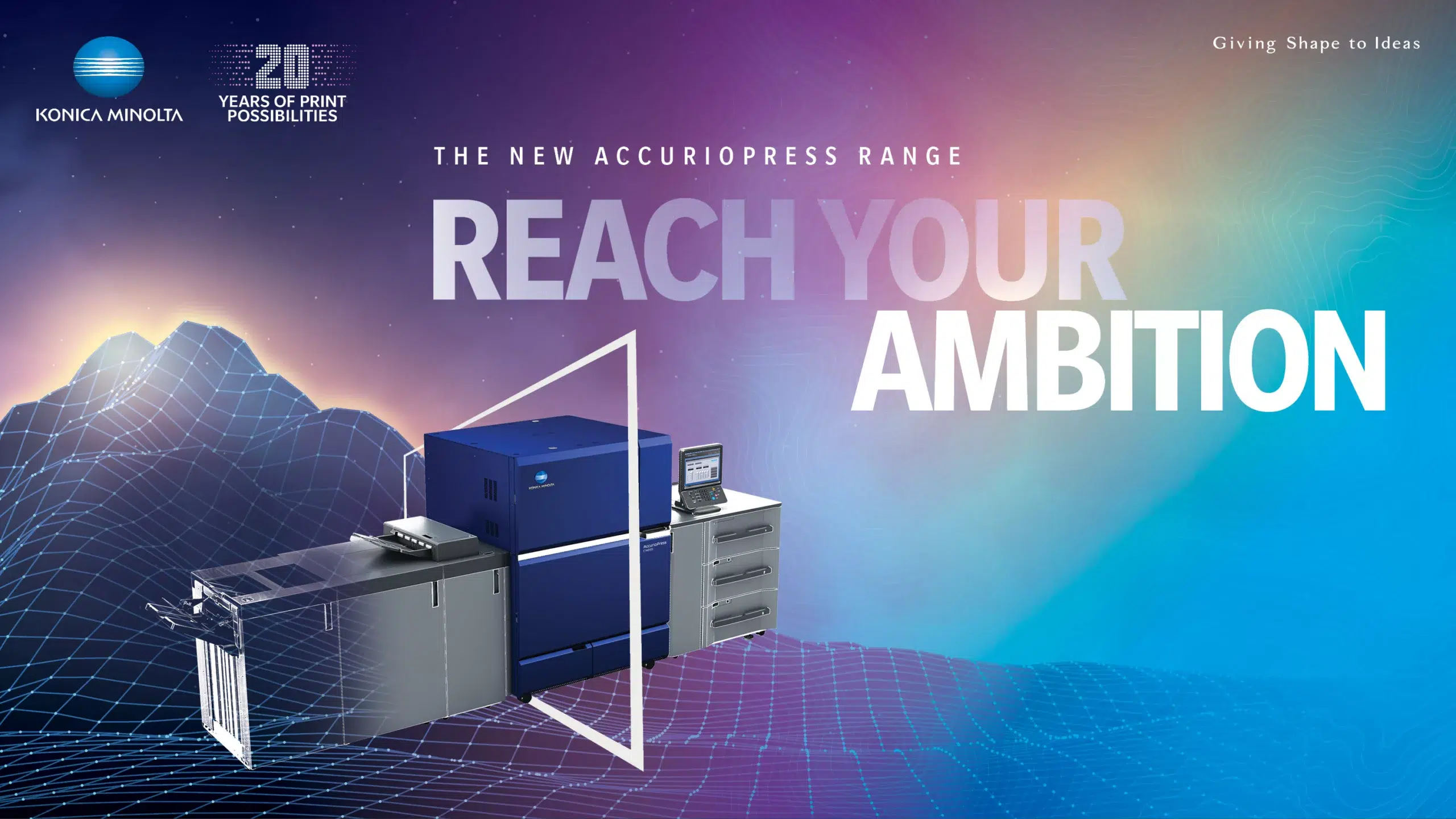3D printing originated more than 40 years ago in the mid-1980s by an American engineer named Charles “Chuck” Hall. He created a prototype for a process called stereolithography (SLA) that uses a UV-sensitive liquid resin to turn acrylic-based materials from liquids into solids. The technique is still in use today; however, original 3D printing techniques only produced functional or aesthetic prototypes.
Now, 3D printing is no longer just for rapid prototyping. It supports the production of end-use parts across many industries including aerospace, manufacturing, defence, healthcare, and construction. 3D printing accelerates the design to production process and eliminates tooling, making it possible to create custom parts and complex designs without blowing the budget.
Today, the global 3D printing market is booming and is expected to expand to a compound annual growth rate (CAGR) of 20.8 per cent from 2022 to 2030.1 With new materials added to 3D printing every year, the capabilities of 3D printed parts are increasing. Here are some of the most popular materials being 3D printed and the kinds of applications they’re used for:
Stainless steel: from a metal perspective, stainless steel is the most popular 3D printing material on the market. It’s also known to be a less expensive alternative to titanium without compromising on strength and durability, making it ideal for use in modern construction. Traditionally, 3D printers could only print basic stainless-steel grades like 17-4 PH; however, now they’re printing stainless steel grade 316, used in marine applications for example, due to its higher grade.
Titanium: there’s massive growth in the market for titanium, especially within the healthcare industry. Titanium has a unique ability to bind with bone and living tissue, making it well-suited to medical implants and devices. Space and automotive industries are also taking advantage of titanium for its resistance to corrosion and high-temperature extremes to create airframe and wing structures as well as wheel rims, brackets, and brake callipers.
Aluminium: in the earlier days of 3D metal printing, widely used 6000 and 7000 series aluminium alloys were prone to periodic cracking and distortion due to the high reflectivity to laser and poor powder quality. By modifying the chemical composition of an alloy, researchers have found that 3D printed aluminium has less material shrinkage and is less vulnerable to cracking. Now, aluminium alloys are used in a wide range of applications including aircraft wings and fuselage in aerospace.
Copper: as a soft material with high thermal conductivity, copper is easily moulded into a multitude of end-use parts for a range of industries. However, it can also be a difficult material to print 3D objects when using the traditional laser sintering (LS) process. Fortunately, copper 3D printing is now a reality with new printing solutions such as the new Markforged Metal X system that can print pure copper in complex shapes and geometries.2
Plastic: the benefit of using plastic is that it’s a highly diverse material for 3D printed products and is incredibly useful for aerospace applications such as aircraft interiors. The strong, slightly flexible properties of plastic, particularly ULTEM 1010 resin, make it suitable for tough environments due to its high heat and chemical resistance and superior tensile strength.
Nylon: nylon is a strong and versatile 3D printing material with different grades. Its low coefficient of friction combined with a high melting point makes it resistant to abrasion and suitable for a wide range of industrial applications that need complex and delicate geometrics, including prosthetics and consumer goods.
Onyx: nylon mixed with chopped carbon fibre creates onyx, which is used to 3D print strong and stiff parts. It’s the perfect 3D printing material for all industrial applications and is the newest matrix material for Markforged composite 3D printers. The Onyx One desktop composite printer has industrial-grade performance that prints precise parts with a best-in-class surface finish.3
3D printing continues to grow with new processes and materials added regularly to produce functional, largescale, and end-use products in a range of industries. With 3D printing, businesses can address new challenges and reduce supply chain concerns to meet current and future customer needs.
At Konica Minolta, we help businesses incorporate 3D printing into their processes to improve their end-use product offering with increased geometric complexity and product customisation. Our partnership with additive specialist, Markforged, brings some of the most advanced 3D printing systems available to deliver unparalleled flexibility for Australian businesses.
To learn how you can use 3D printers to fundamentally change your operations, contact the Konica Minolta team today.
[1] https://www.grandviewresearch.com/industry-analysis/3d-printing-industry-analysis
[2] https://www.konicaminolta.com.au/products/3d-printers/direct-metal-printers/metal-x
[3] https://www.konicaminolta.com.au/products/3d-printers/composite-printing/onyx-one




